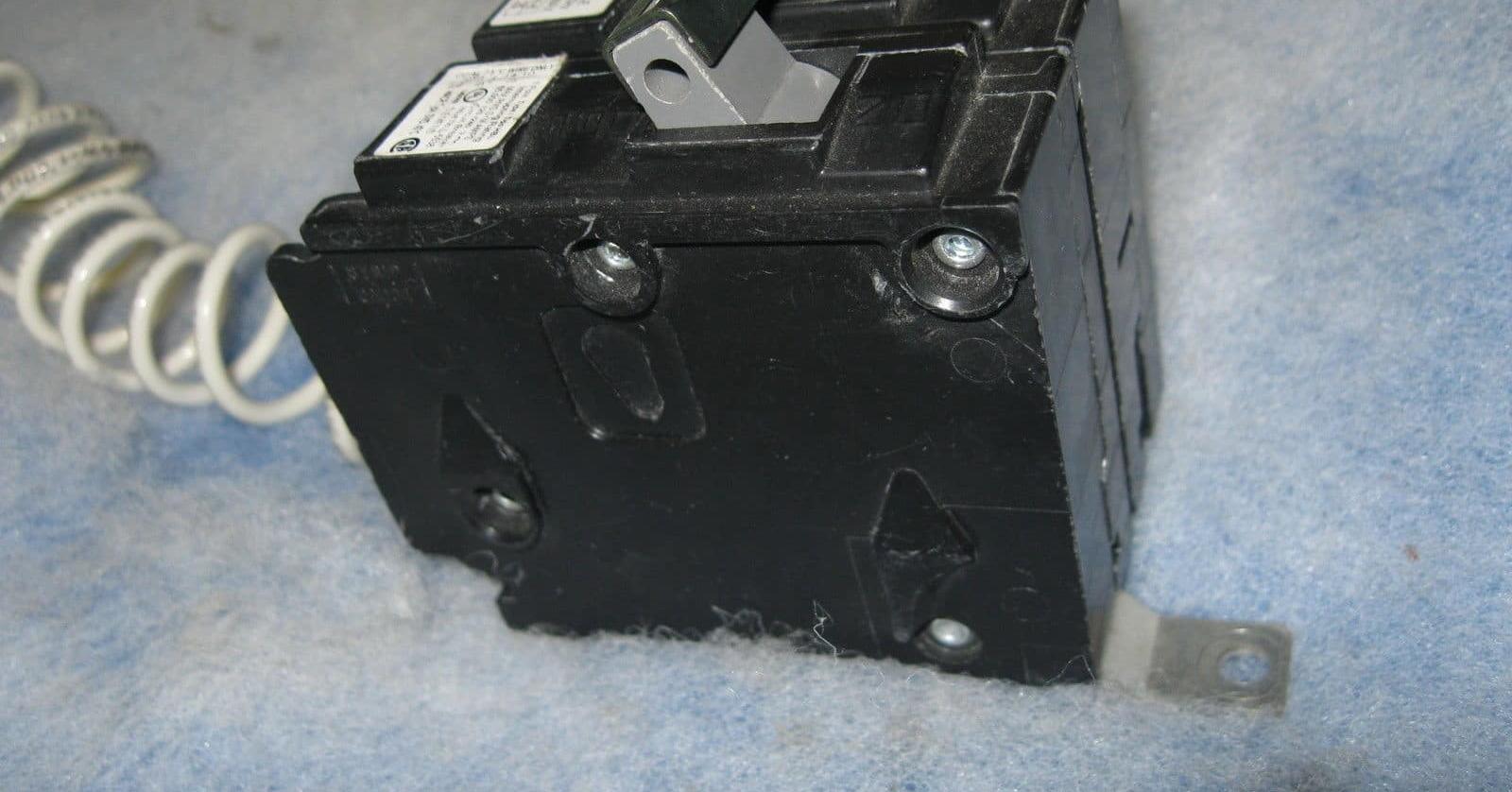Are you curious to know what is a shunt trip breaker? You have come to the right place as I am going to tell you everything about a shunt trip breaker in a very simple explanation. Without further discussion let’s begin to know what is a shunt trip breaker?
In the realm of electrical systems and circuit protection, the term “shunt trip breaker” plays a significant role. This specialized electrical device serves a crucial function in ensuring the safety and control of electrical circuits, particularly in commercial and industrial settings. In this blog post, we will delve into what a shunt trip breaker is, how it works, its applications, and why it’s essential in electrical systems.
What Is A Shunt Trip Breaker?
A shunt trip breaker, also known as a shunt trip circuit breaker or simply a shunt trip, is a type of circuit breaker equipped with an additional feature called a shunt trip device. This device is designed to remotely trip or open the circuit breaker, disconnecting power to the protected electrical circuit in response to specific conditions or events.
Key Components Of A Shunt Trip Breaker:
- Circuit Breaker: The main component of a shunt trip breaker is the circuit breaker itself. This device is responsible for opening and closing the electrical circuit to control the flow of electricity.
- Shunt Trip Device: The shunt trip device is an electromechanical component that can be remotely triggered to trip the circuit breaker. It typically consists of a coil and a trip mechanism.
How Does A Shunt Trip Breaker Work?
The operation of a shunt trip breaker involves the following process:
- Normal Operation: During normal operation, the circuit breaker allows the electrical circuit to carry current, supplying power to connected devices and equipment.
- Remote Trigger: The shunt trip device can be triggered remotely by sending an electrical signal to the coil within the device. This signal is often initiated by an external control system, such as a fire alarm system, emergency shutdown system, or manual switch.
- Circuit Interruption: When the shunt trip device is activated, it energizes the coil, which, in turn, mechanically trips the circuit breaker. This action quickly interrupts the electrical circuit, cutting off power to the connected devices.
Applications Of Shunt Trip Breakers
Shunt trip breakers find diverse applications in various industries and scenarios where rapid circuit interruption or remote control is essential. Some common applications include:
- Fire Safety Systems: Shunt trip breakers are often integrated into fire alarm systems. In the event of a fire detection, the shunt trip device can quickly disconnect power to prevent electrical hazards and facilitate safe evacuation.
- Elevators: Elevator systems use shunt trip breakers to ensure passenger safety. In case of an emergency or malfunction, the breaker can be tripped remotely to halt the elevator’s operation.
- Industrial Equipment: Shunt trip breakers are employed in industrial settings to provide emergency shutdown capabilities for specific equipment or processes.
- Security Systems: Security systems may incorporate shunt trip breakers to deactivate power to controlled access points or security gates during emergencies.
- Laboratory Environments: Laboratories often use shunt trip breakers to cut power to hazardous equipment or experiments in the event of a malfunction or safety concern.
Conclusion
A shunt trip breaker is a specialized electrical device that plays a vital role in circuit protection and safety. It allows for the remote and rapid interruption of electrical circuits in response to specific conditions, such as fire alarms, emergencies, or equipment malfunctions. With its diverse applications across various industries, the shunt trip breaker contributes to the safe and efficient operation of electrical systems and equipment, emphasizing the importance of electrical safety and control.
Learn more about similar topics like these on Clynerr.
FAQ
What Requires A Shunt Trip Breaker?
Circuits serving equipments (electric consumed equipment, for example: grill, range, etc) under kitchen hood need to be protected by shunt-trip breakers. If the above equipments utilize gas instead of electricity and need only 120V circuits for control.
What Is An Example Of A Shunt Trip?
For example, some shunt trips tether to an external power source. So, when the power surge reaches this source, it sends a signal to the main breaker, causing the power to shut off automatically. Other shunt trips connect to a remote switch on the building’s exterior.
What Voltage Is A Shunt Trip?
The 120 Vac shunt trip threshold is 55% of the rated voltage. For all other shunt trips for legacy breakers (F, K, L, M, N, and P frames), the threshold is 75% of the rated voltage. For Powerpact and Masterpact breakers, the threshold is 70% of rated voltage.
Does A Shunt Trip Breaker Need A Neutral?
The breaker should have two wires; one connected to the panel’s neutral bar, the other energized to trip. Most shunt-trip breakers cannot haver the coil constantly energized, so should be powered by something that loses power upon system trip.
I Have Covered All The Following Queries And Topics In The Above Article
What Is A Shunt Trip Breaker
What Is A Shunt Trip Breaker Used For
What Is The Purpose Of A Shunt Trip Breaker
What Is A Shunt Trip Circuit Breaker
What Is A Shunt Trip On A Breaker
What Is The Purpose Of A Shunt Trip On A Breaker
What Is A Shunt Trip Breaker Used For Condos
What Is A Shunt Trip Breaker
How does a shunt trip breaker work
What is the purpose of a shunt relay
